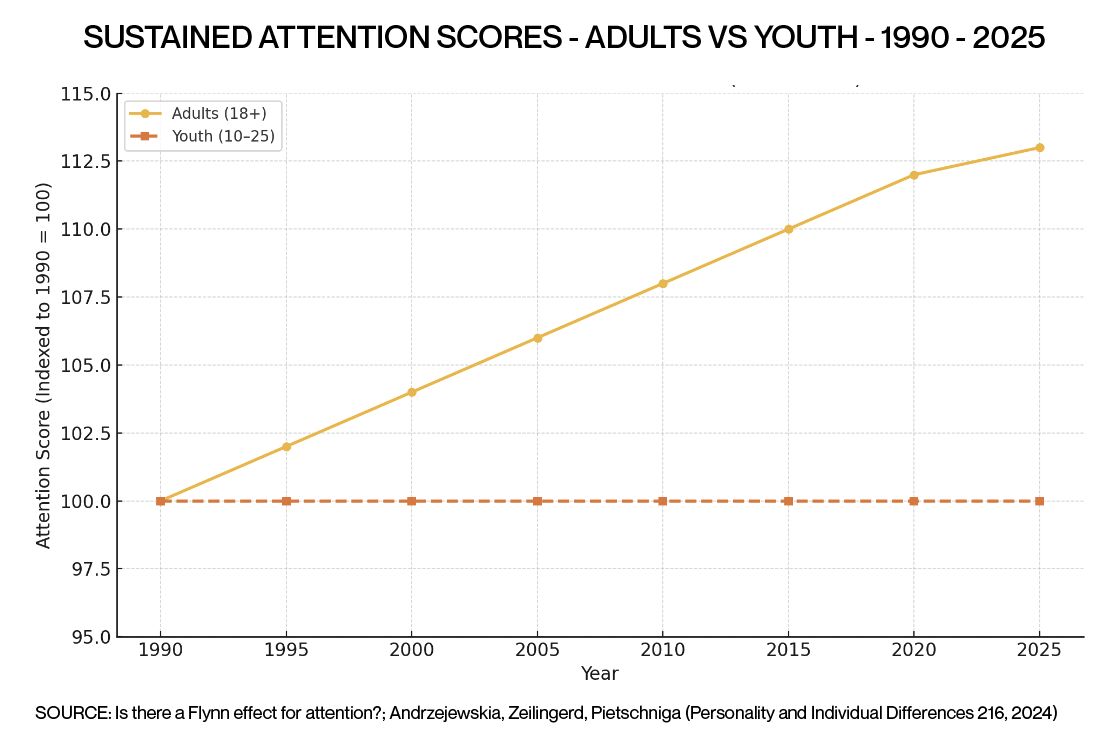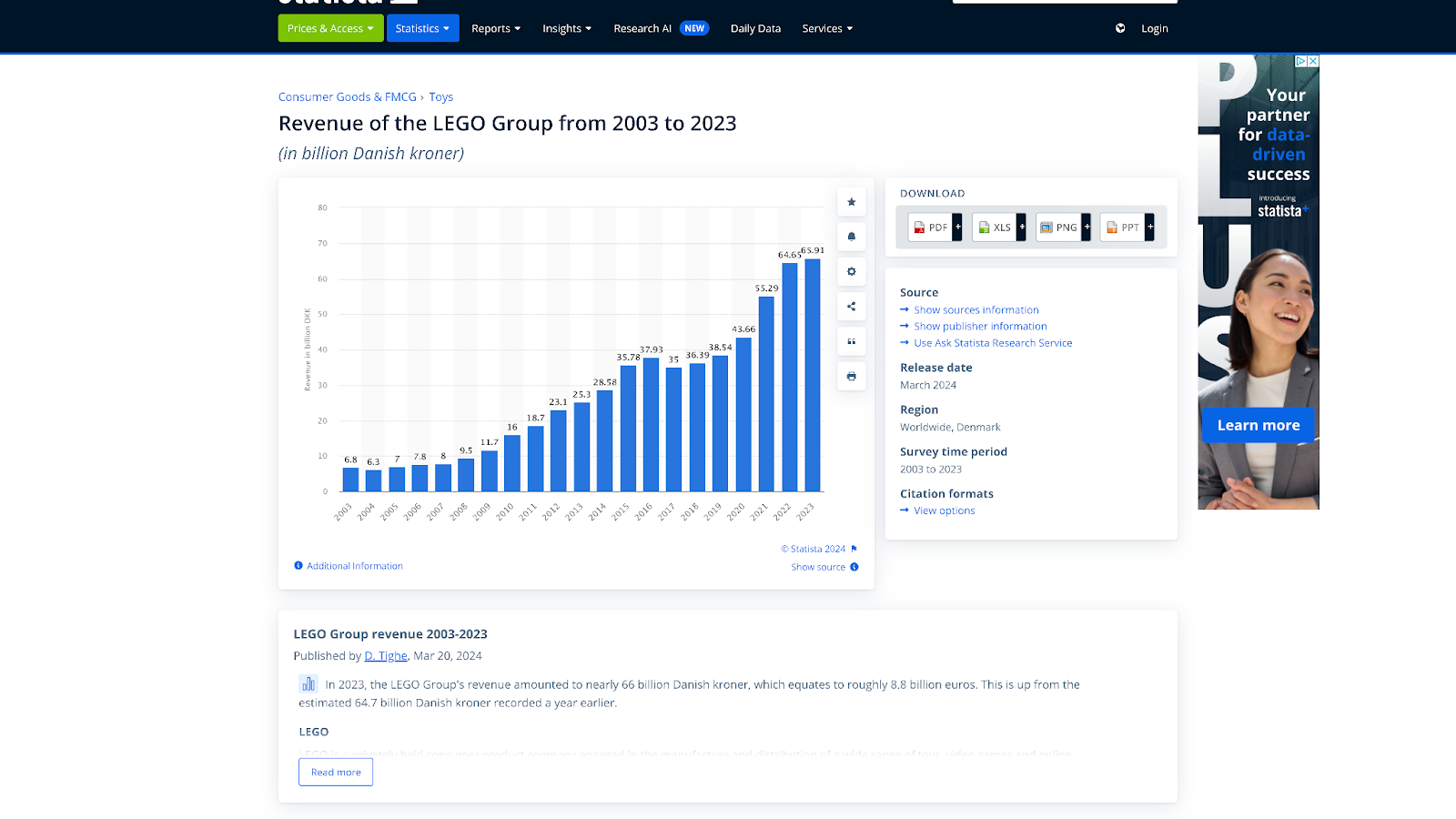Why Most Ads Fail: Designing Creative for How People Actually Pay Attention

In Season 4 of The Office, Dunder Mifflin’s Scranton branch is picked to star in a local TV commercial. Corporate writes the script. The ad shows a man wandering through a Staples-like paper store, frustrated that no one will help him, until he stumbles into Dunder Mifflin where the employees wave hello. It’s simple, corny, and over in fifteen seconds.
Michael Scott, naturally, is appalled. He sets out to make his own version—a dramatic montage with sweeping shots of office life, emotional narration, and the tagline: “Limitless paper in a paperless world.” His ad feels personal. It says something about what makes Dunder Mifflin different.
And yet corporate rejects it. They go with the cheesy version. It’s played for disappointment. We’re meant to feel that Michael’s vision was snubbed in favor of something bland and bureaucratic.
Michael’s ad may have been more heartfelt—but it demanded attention. It required the viewer to lean in, follow the story, and process the message. The corporate ad didn’t. It was fast, repetitive, and easy to absorb. You could be folding laundry and still get the point.
As devoted fans of The Office, we might forget that hardly anyone cares who supplies their printer paper. An ad that asks for deep engagement from a distracted, indifferent audience is likely to be ignored. In that context, the simpler ad—the one with a goofy actor and cheesy music—actually respects the viewer more. It accepts that most people aren’t paying close attention, and it gives them something they can still remember.
This is the tension at the heart of advertising. Most ads fail not because they’re too simple, but because they try to say too much. A good ad doesn’t need to deliver the entire sales pitch—it just needs to earn its place in memory, knowing that trust and persuasion build over time. The real question is: are you creating ads for the world as you wish it were—where everyone listens carefully to everything you have to say? Or are you creating ads for the world as it actually is—where your audience drifts on autopilot, relaxing in front of the TV or mindlessly scrolling Instagram?
Kahneman’s Two Minds of the Consumer
Daniel Kahneman’s work explains why. In Thinking, Fast and Slow, he breaks down how we think into two systems. Our System 1 brains are fast, emotional, automatic. Our System 2 brains are slow, rational, effortful.
System 1 is the gut feeling you get when you walk into a restaurant. System 2 is when you pull out the calculator at the end of the meal to figure out the tip.
As marketers, we like to imagine that people spend most of their time in System 2. That they’re weighing options, comparing benefits, and carefully evaluating brands. That’s how we like to think of ourselves—rational, deliberate, in control.
But in reality, most of life is lived in System 1. People are distracted. They’re driving, answering emails, standing in line at the grocery store, doomscrolling at midnight. Their brains are running on autopilot—because they have to. The brain is just 2% of our body weight but burns 20% of our energy. We don’t have the fuel to make every choice carefully, so we take shortcuts.
Consider the insurance industry. Choosing an insurance provider should, in theory, be one of the most important and rational decisions a consumer makes. And yet, the dominant advertising messages in this space come from a cartoon gecko, a comedy sketch about not becoming your parents, and characters named Flo and Mayhem. System 1.
The irony is that these same brands also have plenty of System 2 ads running right now—you just don’t notice them because you’re probably not actively shopping for insurance. And that’s exactly the point. With more than 5,000 car insurance companies in the U.S., nobody has the time or energy to evaluate every option. So the gecko does the real work: it keeps Geico in the consideration set. When you finally are in-market, you’re more likely to pay attention to a System 2 Geico ad that explains features and benefits, because the brand was already familiar.
The gecko doesn’t close the sale; it keeps Geico alive throughout the messy buyer’s journey. The rational System 2 ads only land because the System 1 campaigns built familiarity first. Without those quick, distinctive impressions, the logical pitch wouldn’t reach as far—or convert nearly as well.
Why Your Creatives Need Variety
Marketers often agree in principle that creative variety is important. But when it comes time to build campaigns, what gets delivered is usually a set of lookalikes: the same image cropped three ways, a headline shuffled from the top to the bottom, a background swapped from blue to green. That isn’t variety. It’s busywork.
The resistance usually comes from a good place. Many brand teams are trained to protect consistency above all else. The logo has to be used correctly. The typography can’t change. The color palette has to stay pure. These are the rules drilled into every designer, strategist, and art director. Consistency equals professionalism. Consistency builds trust.
And they’re right—up to a point.
The problem is that consistency often gets confused with uniformity. The ads may look consistent, but if they all say the same thing, in the same format, aimed at the same moment of attention, then you’ve limited your reach before the campaign even starts.
What performance marketers actually mean when they ask for variety is:
- Different formats: static images, carousels, video, short-form, long-form.
- Different creative angles: some ads about features, some about benefits, some about emotion, some about context of use.
- Different tones: playful, serious, inspirational, explanatory.
- Different levels of attention: a meme that earns two seconds vs. a story that earns two minutes.
The goal isn’t chaos. It’s to give your brand multiple “on-ramps” into someone’s mind. If one ad doesn’t stick, maybe another one will. If your audience isn’t receptive in a System 2 frame of mind, maybe they are in a System 1 moment.
When you strip it down, variety is about odds. You’re not asking one ad to win every time. You’re giving yourself more chances to win across a wider set of situations.
Designing Ads for Every Context
Here’s the piece that often gets overlooked: it’s not just about who you’re reaching, it’s about where and how you’re reaching them.
When we deliver a brief requesting ads for Instagram, most people assume the placement is relatively fixed. But they fail to recognize just how many different ways those ads are actually consumed.
Consumers scroll Instagram during subway commutes, on the couch after a long day, or while someone’s delaying the inevitable task of getting out of bed. Sometimes the sound is on, sometimes off. People scroll on their phones at dinner parties when conversation stalls, or in between meetings at work. It’s a way to kill a few dull moments in dentist waiting rooms, grocery store lines, or before the kid’s schoolbus pulls up. An unfortunate number of your Instagram ads are viewed by people actively sitting on the toilet.
Why would we ever expect a single message to work equally well in all those contexts?
Meta’s targeting can find the right people. But their receptivity—their mood, attention span, emotional state—is constantly changing. The same person might ignore your ad at noon, but watch it all the way through at 9 p.m.
Even more impressive, Meta’s algorithm knows this. It understands whether the user is scrolling quickly, whether their sound is on or off, how recently they engaged with branded content, how long they’ve been on the platform that day. It probably understands their bathroom habits, although that’s just my speculation. And it uses that data to determine which creative to serve, and when.
But if your creative library is just a set of lookalikes in different colorways, the algorithm has nothing to work with.
That’s what creative teams often miss. And that’s what marketers often fail to explain. System 1 attention is short, quick, and context-driven. System 2 attention is deeper and rarer. The role of creative variety is to give the algorithm—and the consumer—a portfolio of options that can work across that spectrum.
And just because consumers spend most of their time in a System 1 mindset doesn’t mean every ad has to be short, impatient, or loud. Sometimes the most effective ads are the ones that earn attention by being relevant or entertaining enough to stick.
The Attention Span Myth
There’s a generally accepted narrative that society (young people in particular), have the attention spans of goldfish. TikTok and ChatGPT are rotting our brains. No one reads anymore. Gen Z can’t sit still, etc. Marketers are convinced that the only way to break through is to go shorter, louder, faster. Kids these days! Amirite?!
But it’s not true.
We don’t have a focus problem. We have a boredom problem.
A recent study published in Nature Human Behaviour tracked adult attention span performance over the last three decades. The results were surprising: attention span hasn’t declined. In fact, in many cases, it’s actually improved. Kids, too, show no measurable drop in sustained focus ability. The human brain is just as capable of focus today as it was in the 1990s.

So what’s changed?
We’re not losing our ability to pay attention. We’re losing our tolerance for things that aren’t worth our attention. There’s more competition for our mental bandwidth than ever before. And we’ve gotten better at filtering out anything that doesn’t serve us.
That’s why someone will skip your ad in half a second, and then binge a ten-part docuseries without blinking. That’s why they scroll past your carefully branded carousel, and then spend three hours watching a Joe Rogan podcast on YouTube.
Consumers will happily give time to anything that feels relevant, entertaining, or valuable. That could be a 15-second joke or a 20-minute branded film. It could be a light, emotional System 1 ad or a detailed, rational System 2 ad. The format doesn’t matter nearly as much as whether it earns its place in someone’s mental real estate.
Look no further than the prolific popularity of LEGO, a brand that has 10x’ed over the last 20 years...

Originally marketed to children, LEGO has successfully captured the attention of adults who are willing to spend hours—sometimes even days—on a single build. Adults buying LEGO sets for themselves currently makes up more than a quarter of their total revenue.
Ads That Respect Reality
People haven’t lost their attention spans. They’ve lost patience for things that don’t matter.
That’s why variety isn’t optional. Some ads earn two seconds, others earn two minutes—but both are useful if they meet people where they are.
Most ads fail because they’re designed for an imaginary audience that’s fully tuned in. The ones that work are designed for the real world: distracted, noisy, and always moving.
The real test isn’t whether someone can pay attention. It’s whether your ad deserves it.

Request A Marketing Proposal
We'll get back to you within a day to schedule a quick strategy call. We can also communicate over email if that's easier for you.
Visit Us
New York
1074 Broadway
Woodmere, NY
Philadelphia
1429 Walnut Street
Philadelphia, PA
Florida
433 Plaza Real
Boca Raton, FL
General Inquiries
info@adventureppc.com
(516) 218-3722
AdVenture Education
Over 300,000 marketers from around the world have leveled up their skillset with AdVenture premium and free resources. Whether you're a CMO or a new student of digital marketing, there's something here for you.
OUR BOOK
We wrote the #1 bestselling book on performance advertising
Named one of the most important advertising books of all time.
buy on amazon


OUR EVENT
DOLAH '24.
Stream Now.
Over ten hours of lectures and workshops from our DOLAH Conference, themed: "Marketing Solutions for the AI Revolution"
check out dolah
The AdVenture Academy
Resources, guides, and courses for digital marketers, CMOs, and students. Brought to you by the agency chosen by Google to train Google's top Premier Partner Agencies.
Bundles & All Access Pass
Over 100 hours of video training and 60+ downloadable resources
 view bundles →
view bundles →
.svg)




.avif)


.png)



